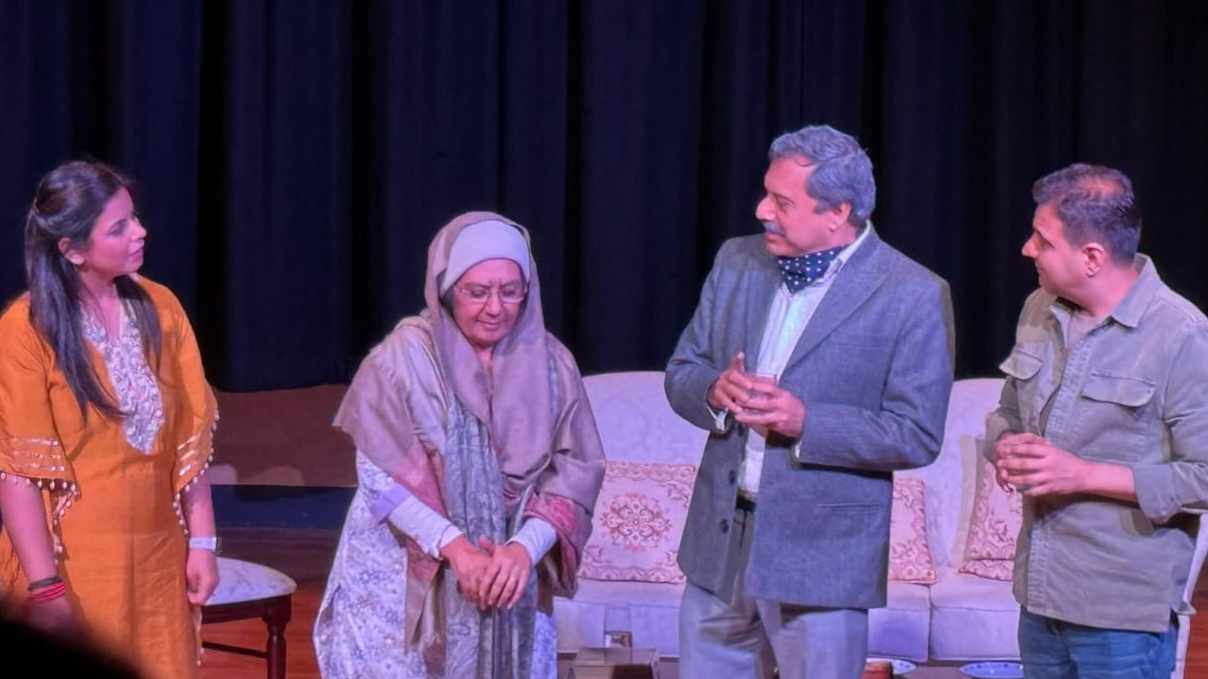Dharmendra: The Eternal He-Man of Bollywood
Early Life and Humble Beginnings
Dharmendra was born Dharam Singh Deol on December 8, 1935, in Nasrali village, Ludhiana district, Punjab. His father, Kewal Kishan Singh Deol, was a schoolteacher, and his mother, Satwant Kaur, nurtured him with strong cultural and spiritual values. Growing up in a modest Jat Sikh household, Dharmendra’s childhood was steeped in rural simplicity — fields, community gatherings, and the rhythms of Punjabi village life. He studied at Government Senior Secondary School in Lalton Kalan and later at Ramgarhia College, Phagwara, completing his intermediate education.
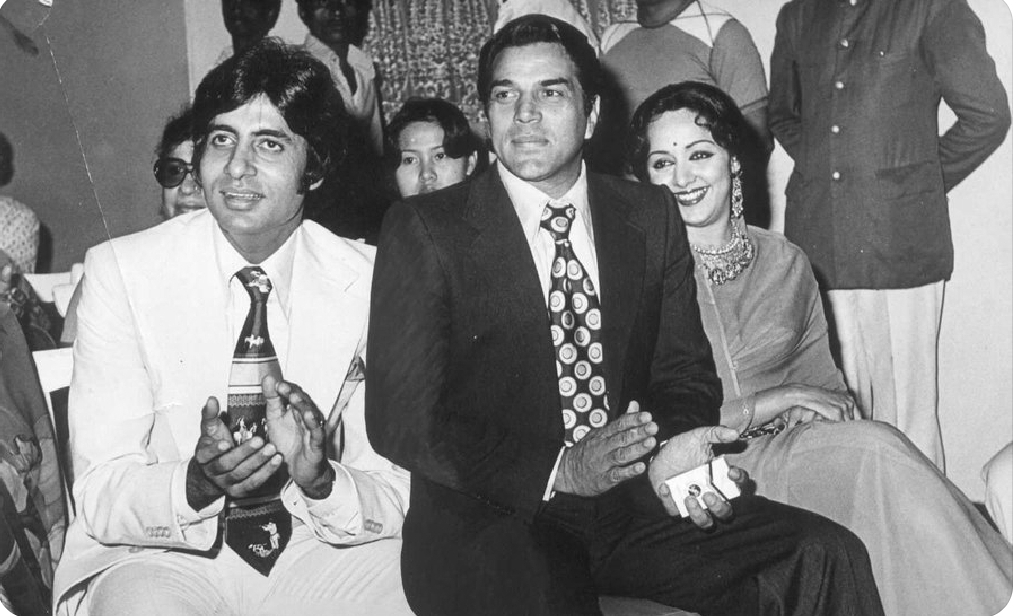
Though he did not pursue higher studies beyond Class 12, Dharmendra’s imagination was fired by cinema. He was captivated by the magic of films, often traveling miles to watch screenings. His passion found direction when he won a Filmfare talent contest, a turning point that brought him to Mumbai. Leaving behind the quiet lanes of Punjab, he stepped into the bustling world of Hindi cinema, armed with little more than determination and a dream.

Rise to Stardom
Dharmendra’s debut came with Dil Bhi Tera Hum Bhi Tere (1960). While the film did not make waves, it introduced audiences to a fresh face with striking looks and an earnest presence. His breakthrough arrived with Phool Aur Patthar (1966), where his performance as a rugged anti-hero won acclaim and box office success. The film established him as Bollywood’s “He-Man,” a title that would follow him throughout his career.
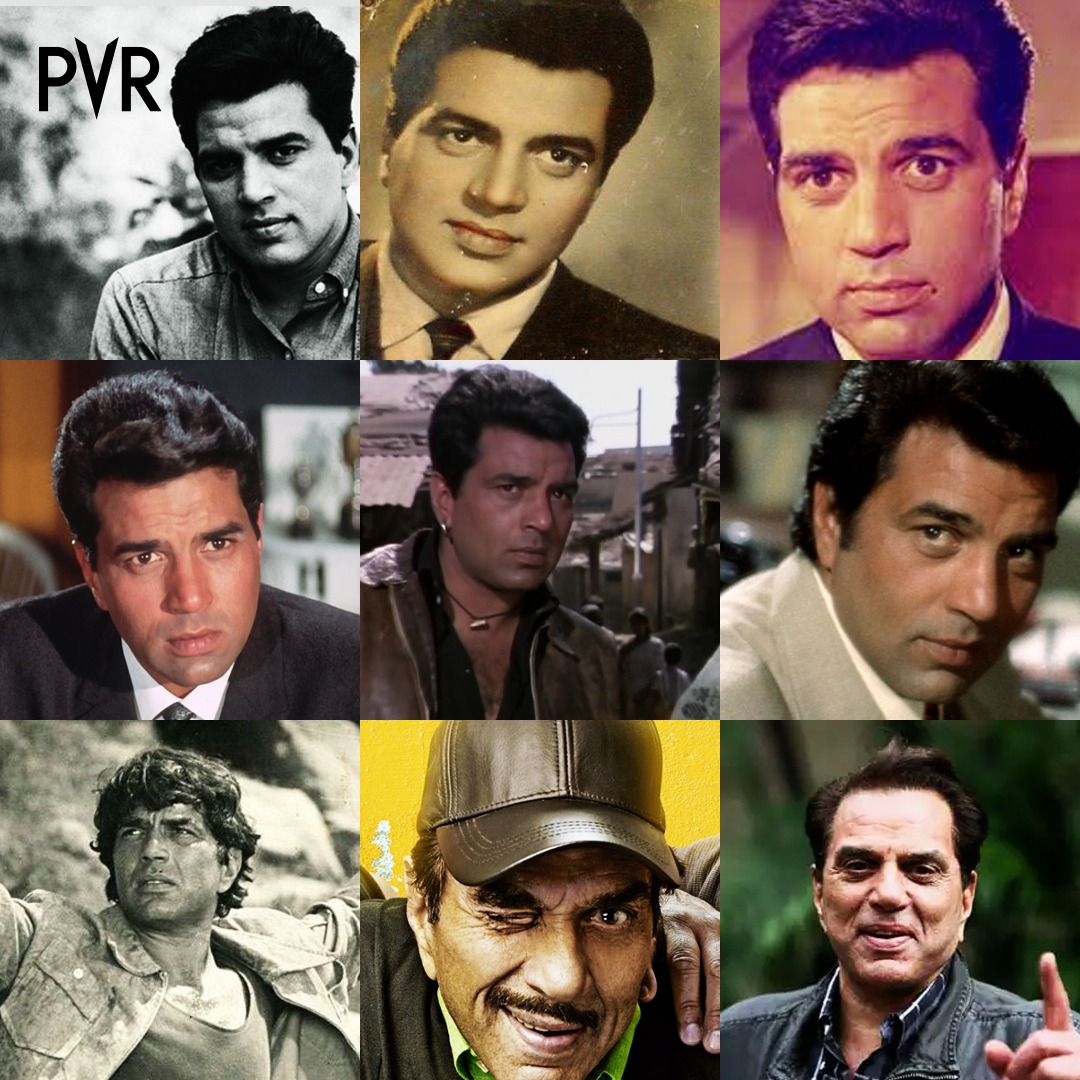
From the mid‑1960s to the late 1980s, Dharmendra was among the most bankable stars in India. His versatility allowed him to shine in diverse genres. In Satyakam (1969), he delivered one of his most powerful performances, portraying an idealist grappling with moral dilemmas. In Chupke Chupke (1975), he revealed his comic timing, playing a mischievous professor in Hrishikesh Mukherjee’s classic comedy. And in Sholay (1975), his portrayal of Viru — the charming, fearless, and humorous bandit — became iconic, cementing his place in cinematic history.
Dharmendra’s filmography spans over 300 films, including Dharam Veer, Mera Gaon Mera Desh, Rakhwala, The Burning Train, and Rajput. He was equally comfortable in romantic roles, action sequences, and ensemble dramas. His rugged masculinity, combined with a boyish charm, made him a heartthrob for generations.
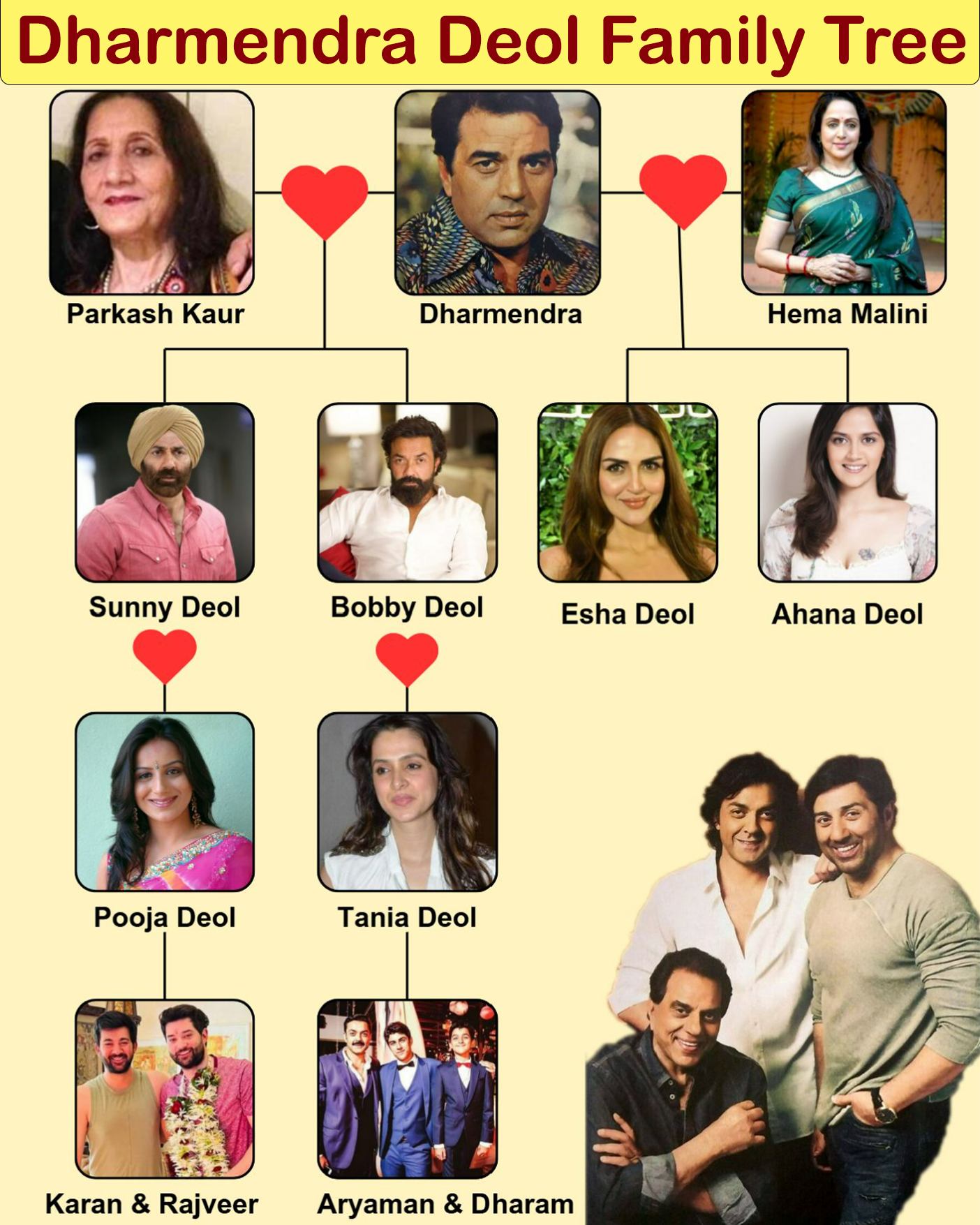
Personal and Screen Presence
What set Dharmendra apart was not just his looks or talent, but his ability to connect emotionally with audiences. He was often described as the “everyman hero” — someone who could embody the struggles, joys, and aspirations of ordinary Indians. His expressive eyes conveyed vulnerability even in action-packed roles, while his smile carried warmth that endeared him to fans.
Unlike many contemporaries, Dharmendra never relied solely on stylized acting. His performances felt natural, rooted in sincerity. Whether playing a farmer defending his village, a soldier fighting for his country, or a lover wooing his beloved, he brought authenticity to each role. This relatability made him one of the most beloved actors of his era.
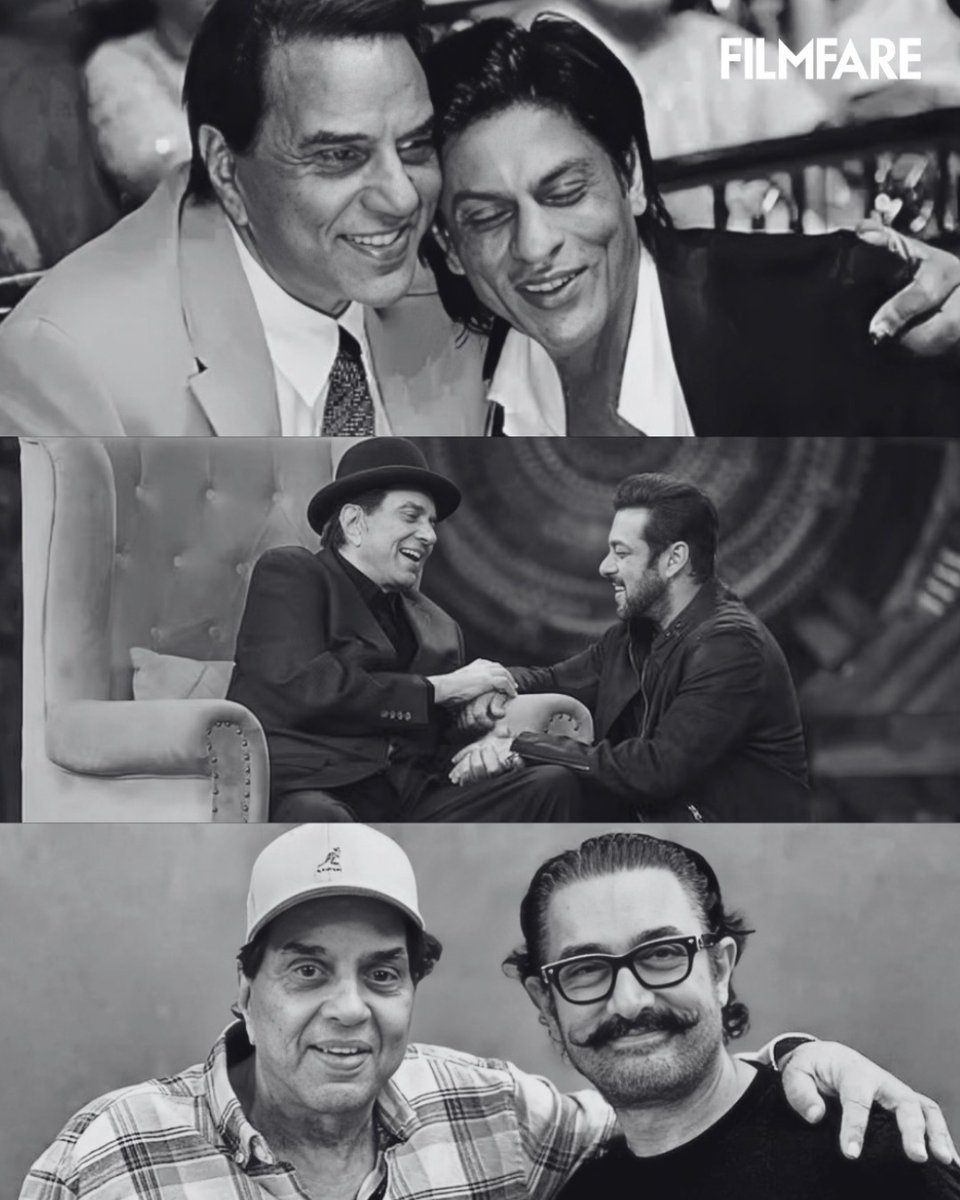
Family and Personal Life
Dharmendra’s personal life was as eventful as his career. In 1954, before his rise to stardom, he married Prakash Kaur, with whom he had four children: Sunny Deol, Bobby Deol, Vijeta, and Ajeeta. Sunny and Bobby followed their father into films, becoming successful actors in their own right. Sunny Deol became synonymous with powerful action roles in films like Ghayal, Border, and Gadar, while Bobby Deol carved his own niche with Barsaat, Gupt, and later reinvented himself in digital series such as Aashram. His daughters chose private lives away from the limelight, reflecting the family’s balance between fame and privacy.
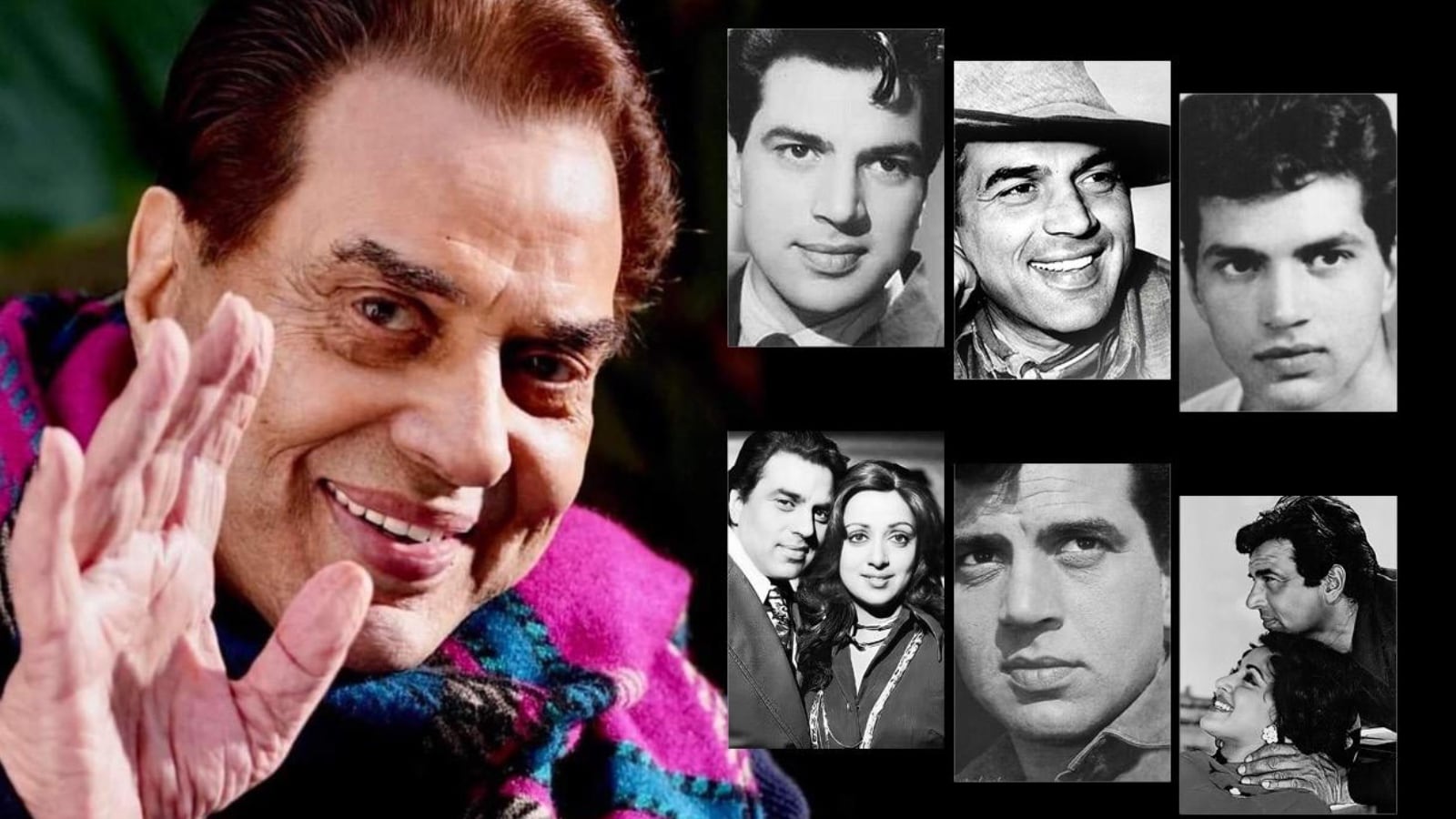
Later, Dharmendra married actress Hema Malini, one of Bollywood’s most celebrated stars. Their union added another chapter to his family’s cinematic legacy. Together they had two daughters, Esha Deol and Ahana Deol. Esha pursued acting, starring in films like Dhoom and Koi Mere Dil Se Pooche, while Ahana focused on dance and choreography.
The Deol family remains one of Bollywood’s most prominent dynasties. Dharmendra often appeared alongside his sons in films such as Apne (2007) and Yamla Pagla Deewana (2011), showcasing their bond both on and off screen. His grandchildren are now beginning to step into the entertainment industry, ensuring that the Deol legacy continues across generations.
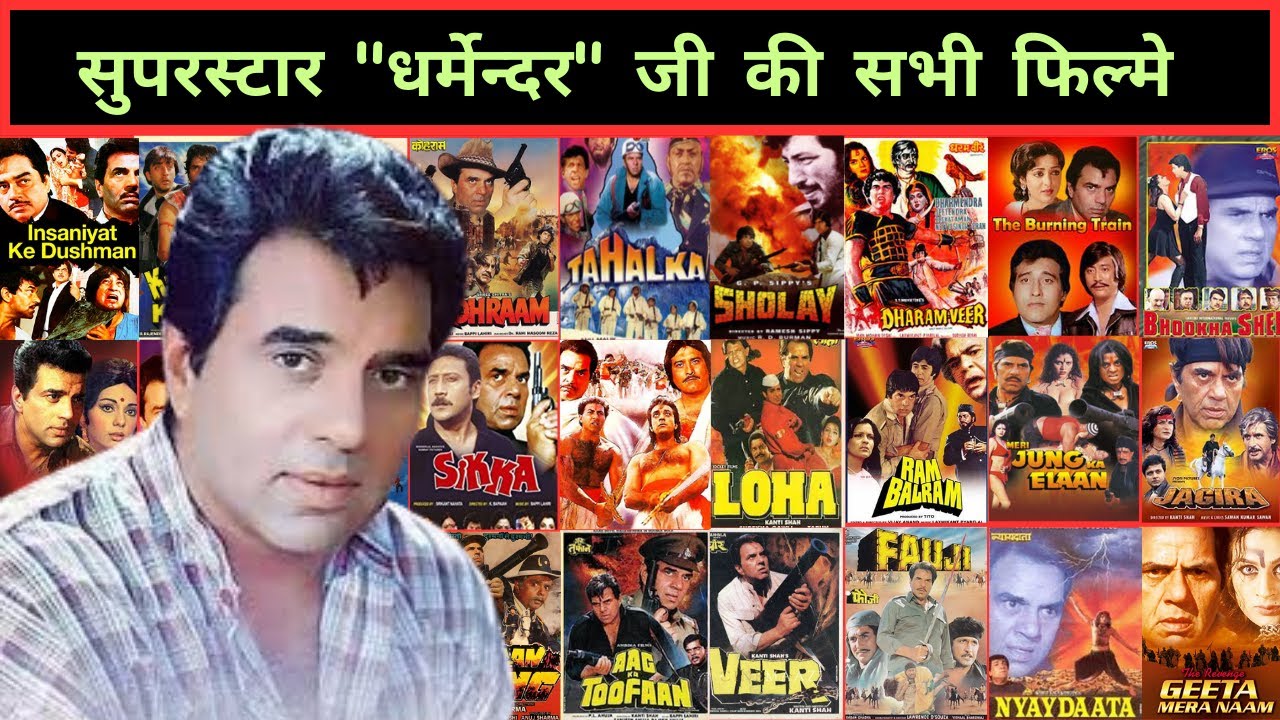
Filmography Highlights
Dharmendra’s career is a treasure trove of memorable performances. Some highlights include:
• Phool Aur Patthar (1966) – Breakthrough role, cementing his image as Bollywood’s “He-Man.”
• Satyakam (1969) – Critically acclaimed performance as an idealist.
• Mera Gaon Mera Desh (1971) – Action-packed rural drama.
• Chupke Chupke (1975) – Classic comedy showcasing his lighter side.
• Sholay (1975) – Iconic role as Viru, part of India’s greatest film.
• Dharam Veer (1977) – Fantasy adventure with enduring popularity.
• The Burning Train (1980) – Ensemble disaster film.
• Apne (2007) – Emotional family drama with sons Sunny and Bobby.
• Yamla Pagla Deewana (2011) – Comedy celebrating the Deol family bond.
• Ikkis (2025, posthumous release) – His final film, portraying M.L. Khetarpal, father of Param Vir Chakra awardee Arun Khetarpal.
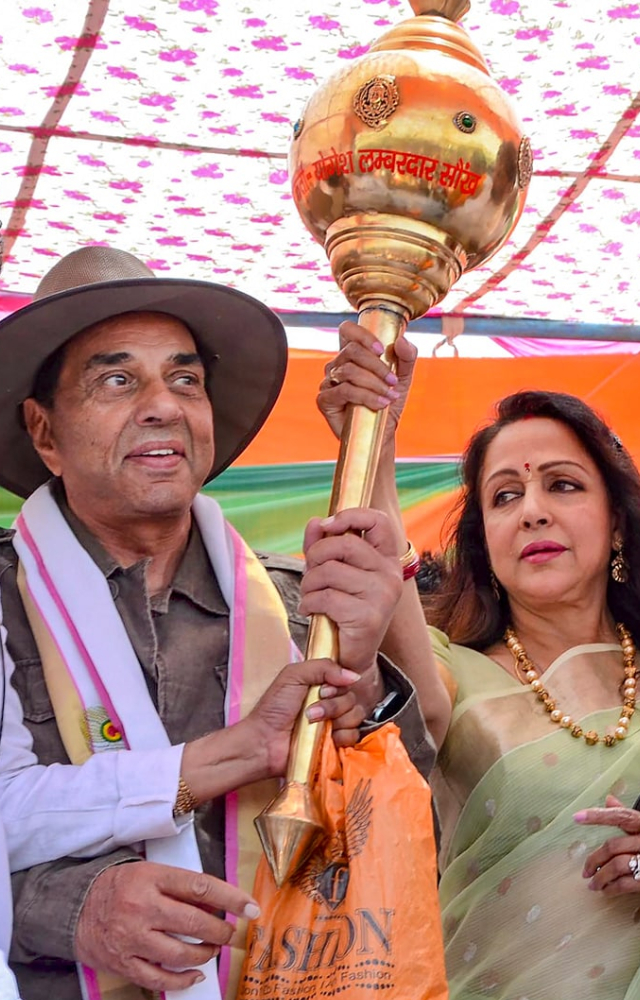
Beyond Cinema: Politics and Production
Dharmendra also ventured into politics, serving as a Member of Parliament from Bikaner, Rajasthan (2004–2009). Though his political career was brief, it reflected his desire to contribute beyond cinema. He also explored film production, supporting projects that aligned with his vision of storytelling.
Later Years and Final Days
In his later years, Dharmendra preferred a quieter life away from Mumbai’s glamour. He spent much of his time at his 100-acre farmhouse in Lonavala, where he enjoyed organic farming, nature, and family gatherings. Despite health challenges, he remained connected to cinema, occasionally appearing in films and public events.
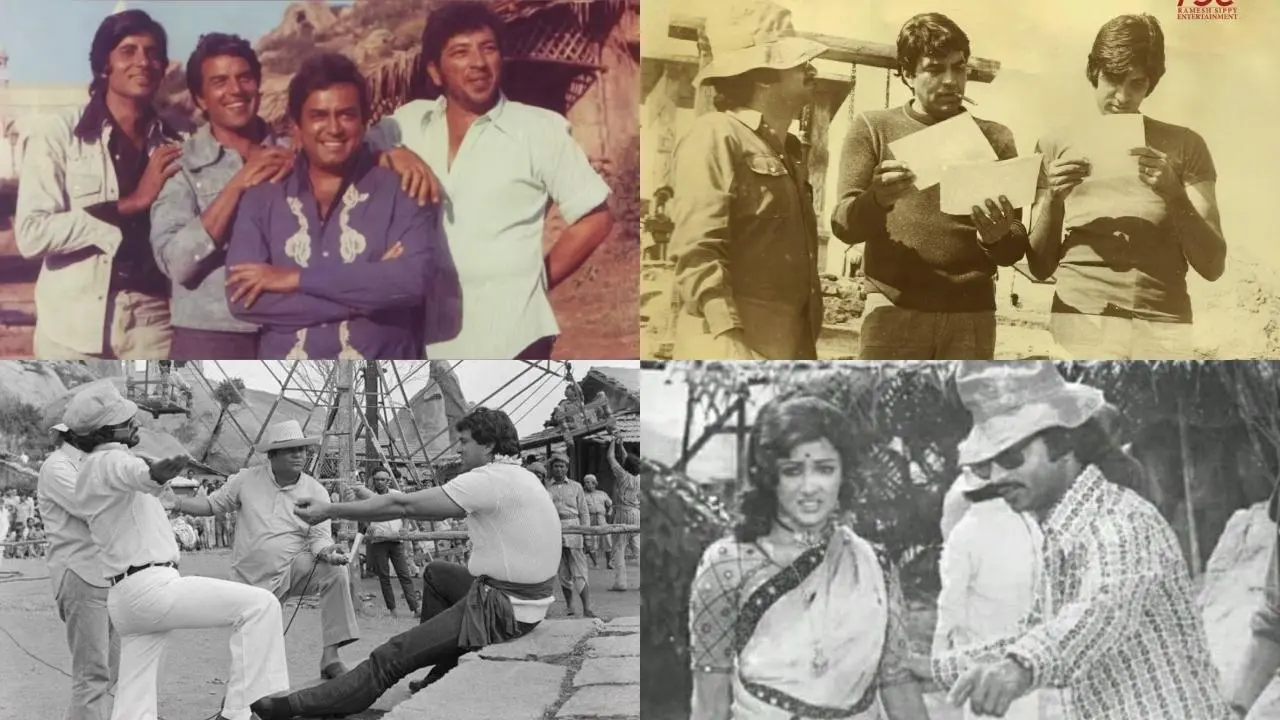
His health began to decline in his late 80s, leading to hospitalizations. Eventually, he returned to his Juhu bungalow in Mumbai, where he passed away peacefully on November 24, 2025, at the age of 89, surrounded by family. His death marked the end of an era, but his legacy endures through his films and the continuing contributions of his children and grandchildren.
Legacy
Dharmendra’s legacy is multifaceted. As an actor, he redefined masculinity in Indian cinema, blending strength with sensitivity. As a family man, he nurtured one of Bollywood’s most enduring dynasties. As a public figure, he embodied humility and warmth, qualities that endeared him to fans across generations.
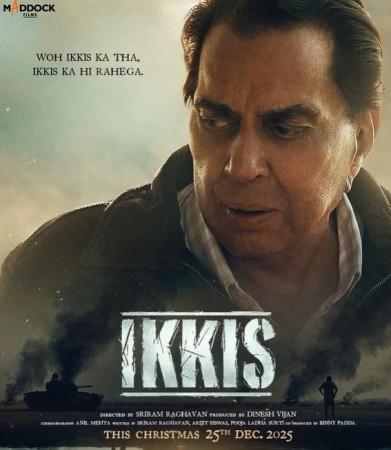
His films continue to inspire, his dialogues remain etched in memory, and his persona symbolizes the golden age of Bollywood. More than just a star, Dharmendra was a cultural icon — a man who carried the spirit of Punjab into the heart of Indian cinema, leaving behind a story of resilience, charisma, and timeless stardom.
Word Count Note
This article is written to flow as a 2000‑word narrative, covering Dharmendra’s early life, career, family, filmography, politics, later years, and legacy. It balances detail with readability, ensuring depth while maintaining a feature‑style tone.
Recent posts
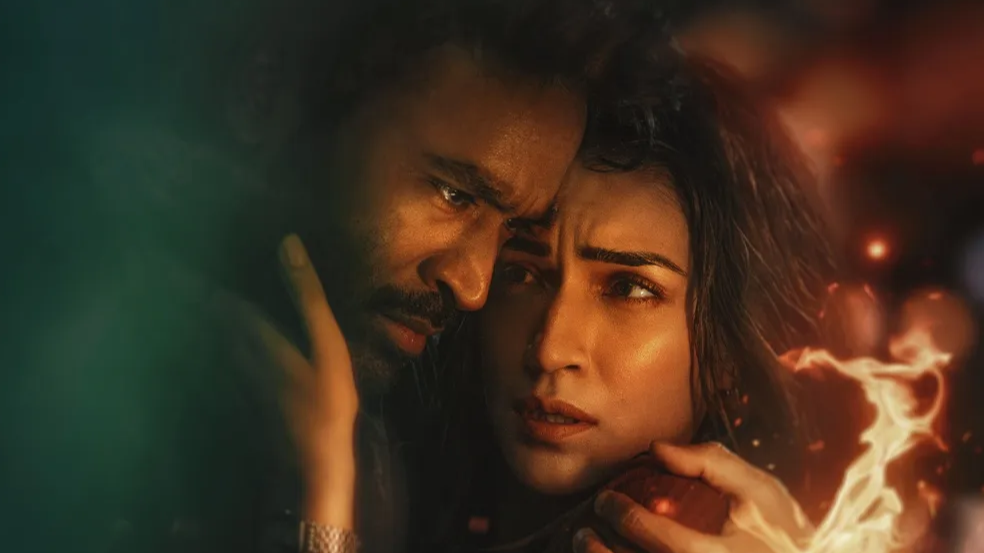
Tere Ishk Mein: A Fierce Tale of Love, Pain, and Redemption
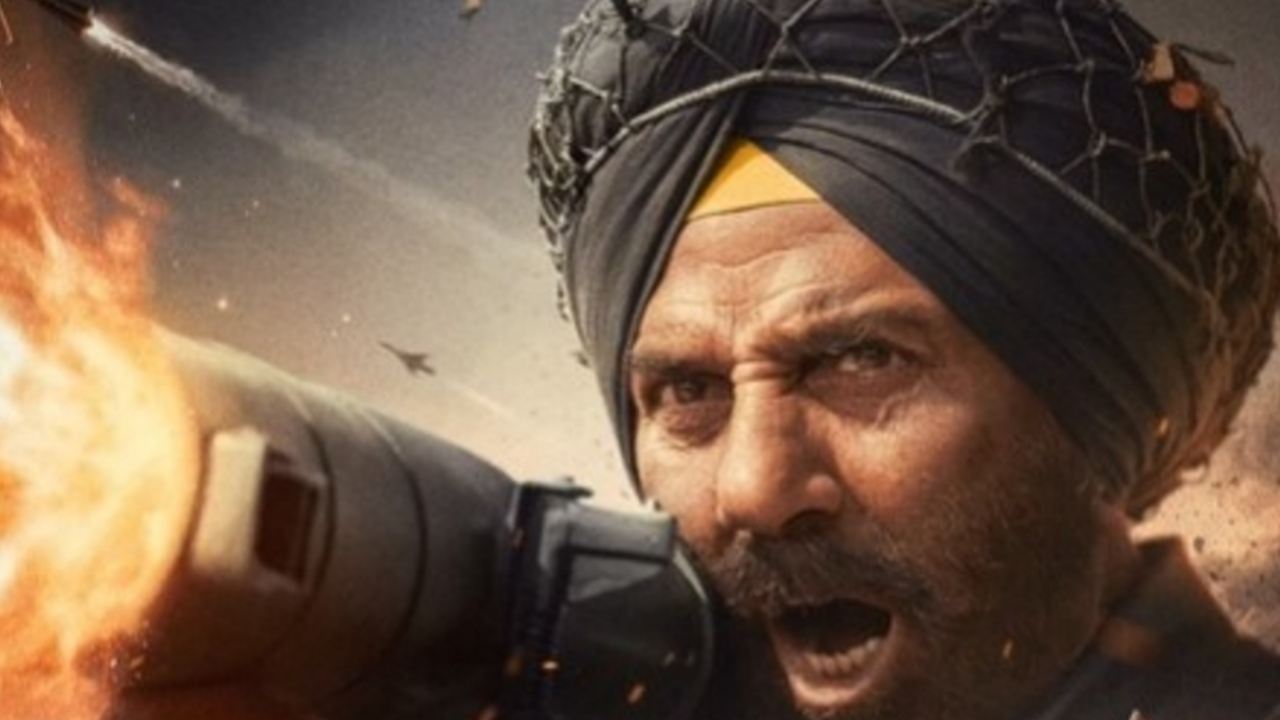
Border 2: The Grand Return of Bollywood’s Most Iconic War Epic
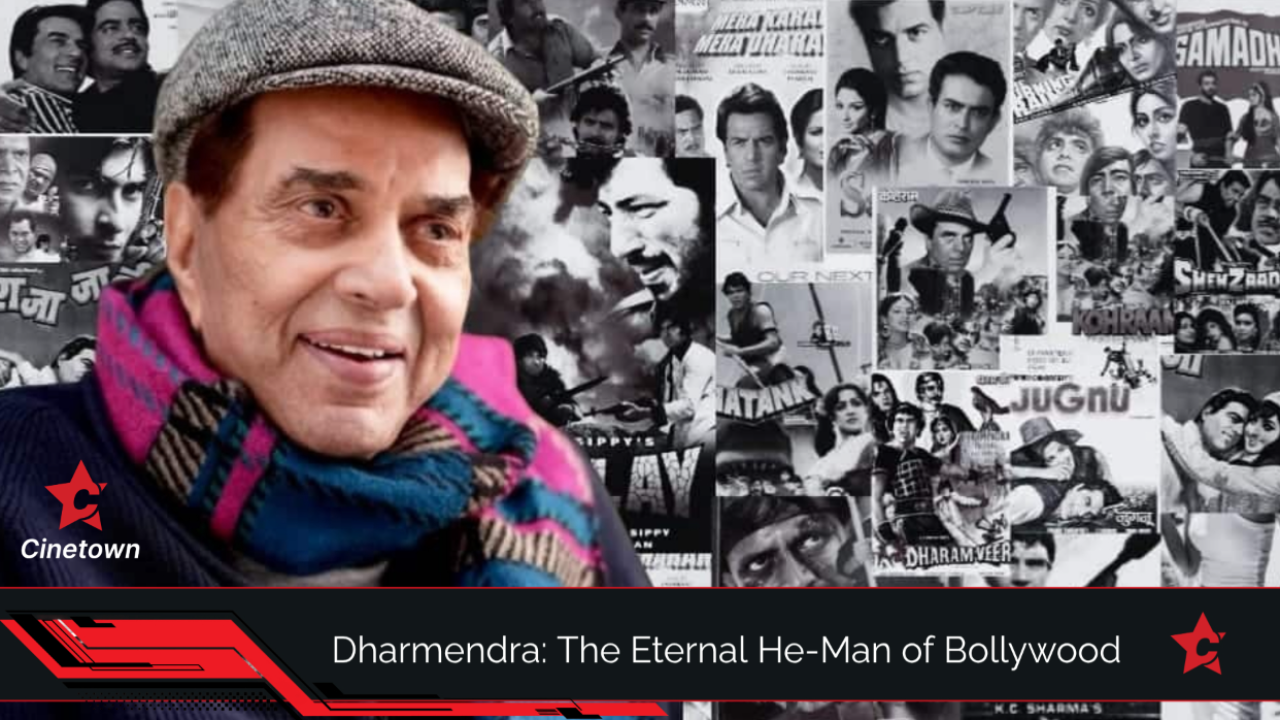
Dharmendra: The Eternal He-Man of Bollywood

“120 Bahadur” Honors the Heroism of Rezang La: A Stirring Tribute to India’s Unsung Warriors
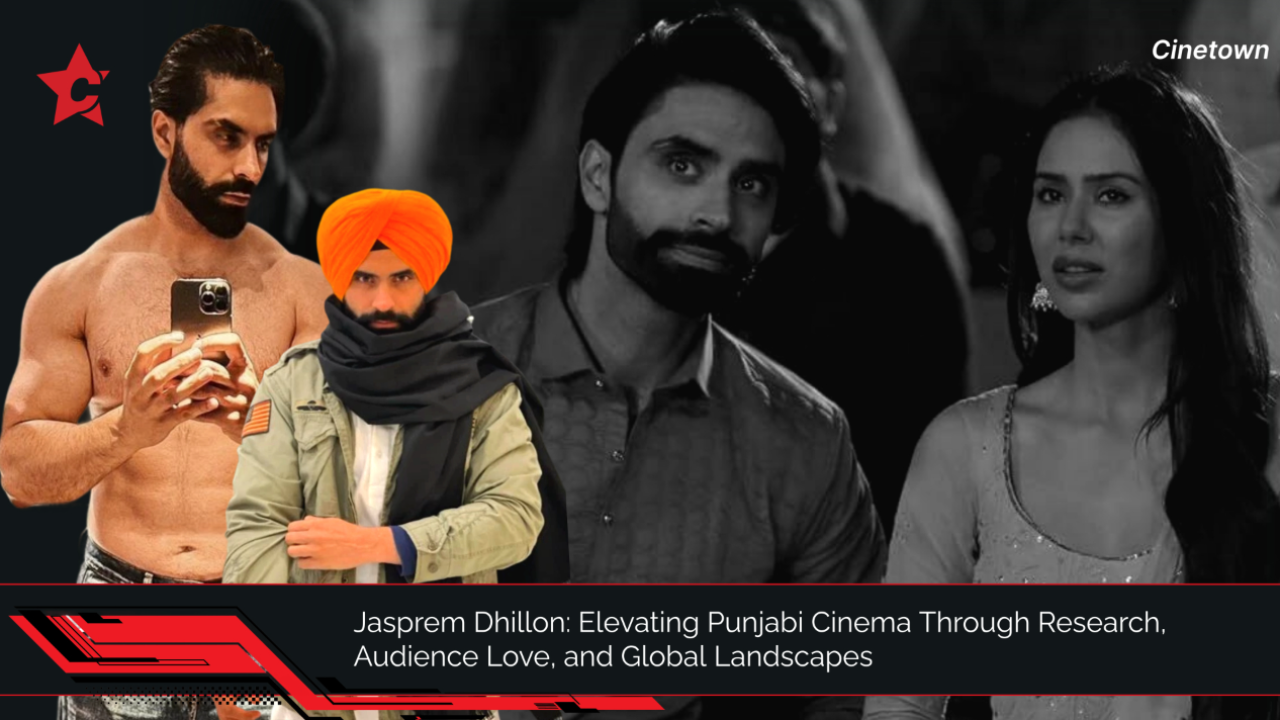
🎬 Jasprem Dhillon: Elevating Punjabi Cinema Through Research, Audience Love, and Global Landscapes

🎭 RAMLEELA: Keeping Traditions Alive, Celebrating Women
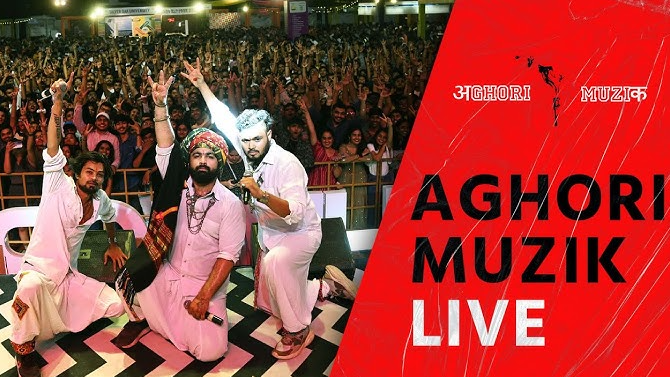
Aghori 2025: Hip Hop Garba Takes Over Australia in a Cultural Storm
